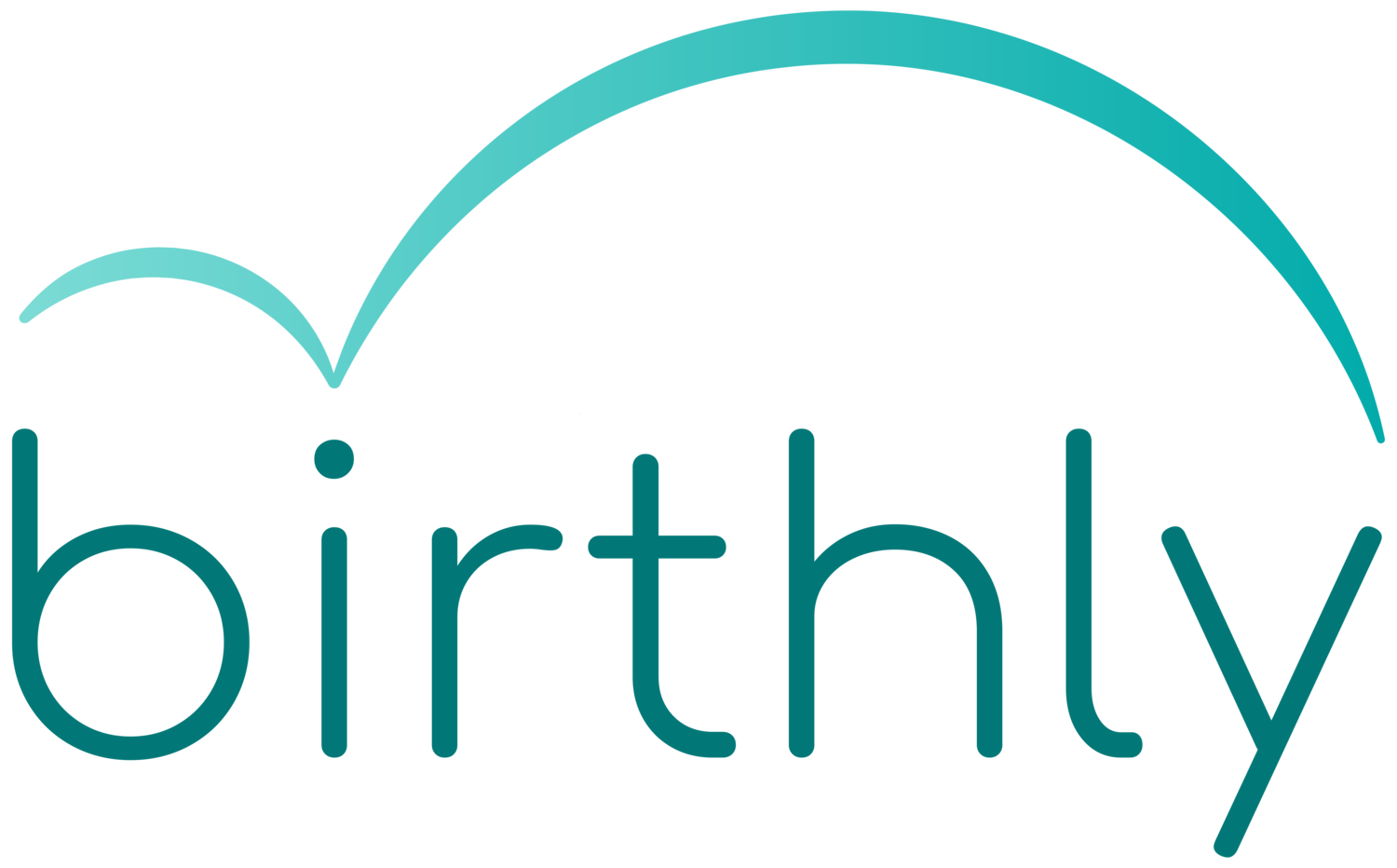Learn what childbirth education is, what to expect from a class, and why it's essential for confident, informed, and empowered pregnancy and birth decisions.
Read MoreLearn which teas are safe during pregnancy, including herbal and caffeine-free options. Support your health with pregnancy-friendly tea choices and tips.
Read MoreAt 14 Weeks pregnant, you may notice early symptoms like nausea and fatigue. Learn what to expect and how your baby is developing during this stage.
Read MoreGet ready for your first prenatal OBGYN visit with this guide on what to expect—common tests, questions, and how your doctor supports a healthy pregnancy journey.
Read MoreBeat the heat while pregnant this summer with practical tips on hydration, clothing, rest, and staying safe in the sun for a more comfortable pregnancy.
Read MoreLearn what Sudden Infant Death Syndrome (SIDS) is, why it happens, and key steps parents can take to reduce risk and help keep babies safe while sleeping.
Read MoreExplore the many benefits of exercise during pregnancy, from boosting energy to easing discomfort and supporting a healthy birth. Stay active and feel your best for you and your baby.
Read MoreDiscover practical tips to manage anxiety during pregnancy, reduce stress, and support your mental well-being for a healthier, more peaceful pregnancy experience.
Read MoreSoothe and bond with your baby through a calming massage. Learn the powerful benefits for sleep, development, and digestion—plus easy, safe techniques to try at home.
Read More









